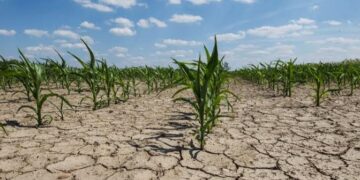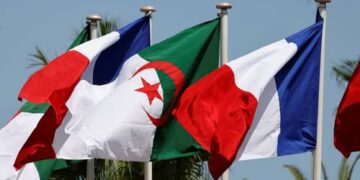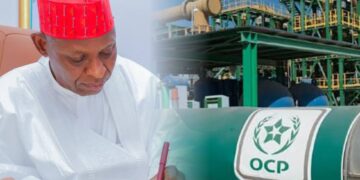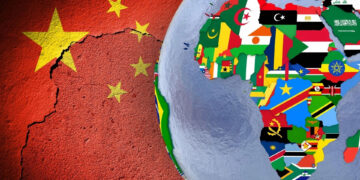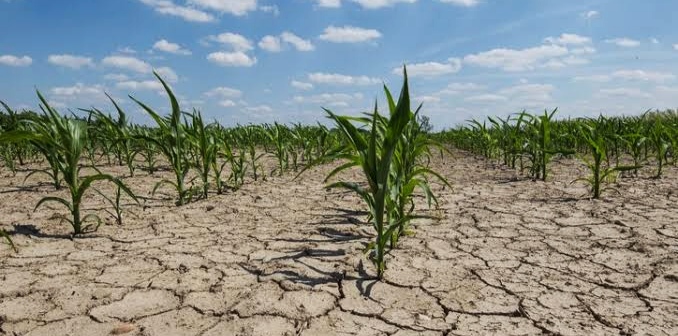By John Ikani
Communal farmers in the northern regions of Namibia have expressed fear that the current dry weather conditions could turn into a drought.
Unexpected dry spells during seasons when rain is usually plentiful, hurt the fortunes of farmers in the northern regions, especially those who depend on crop farming for survival and income generation.
Many crop farmers who ploughed their fields in early December and planted mahangu and maize seeds, told the Namibian Government that their seeds never germinated because they never received any rain. Those whose seeds did germinate, have seen their crops dry up due to no rainfall.
Those whose seeds did germinate have seen their crops dry up due to no rainfall.
The country has suffered huge droughts during the last decade, causing the declaration of a national state of emergency on three different occasions since 2013 due to the water scarcity, according to local media.
According to the Climate Prediction Centre Africa Hazards Outlook, southern Africa experienced an uneven distribution in rainfall over recent weeks.
Many parts of Namibia are experiencing frequent drought occurrences as well as an increase in frequency of unpredictable flood and drought.
While moderate to heavy rains persisted in the northwest over northwestern Angola, and to the south over South Africa, Lesotho and Eswatini, reduced rains continued throughout the central and eastern parts of the sub-region, from southern Angola to northern Namibia, Zambia, Malawi, Mozambique and Madagascar.
Namibia is one of the most vulnerable countries to the effects of climate change due to the aridity in most parts of the country, say climate experts.
Events resulting from climate changes such as droughts drive the majority of the population into poverty when they occur.
